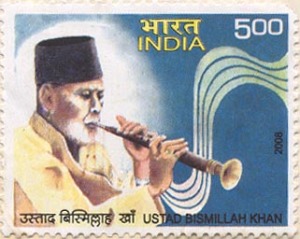
Music magazines fly under the radar for many scholars, but they are often the most reliable sources for information about current performers and repertory. Providing interviews, biographical details, and information about works and performances, these periodicals fill the information gap that precedes the publication of scholarly studies on these topics, and they are less likely to perpetuate errors than unconfirmed Internet sources.
Sometimes these magazines also present research that may not be oriented toward making a scholarly point, but may still prove useful for scholarly projects; examples include surveys of the output of small record labels, the musical life of a city, or the history of an institution.
Music magazines covered by RILM include selected publications for Western music and popular music as well as those devoted to less mainstream genres such as blues, world music, and Indian performing arts.









